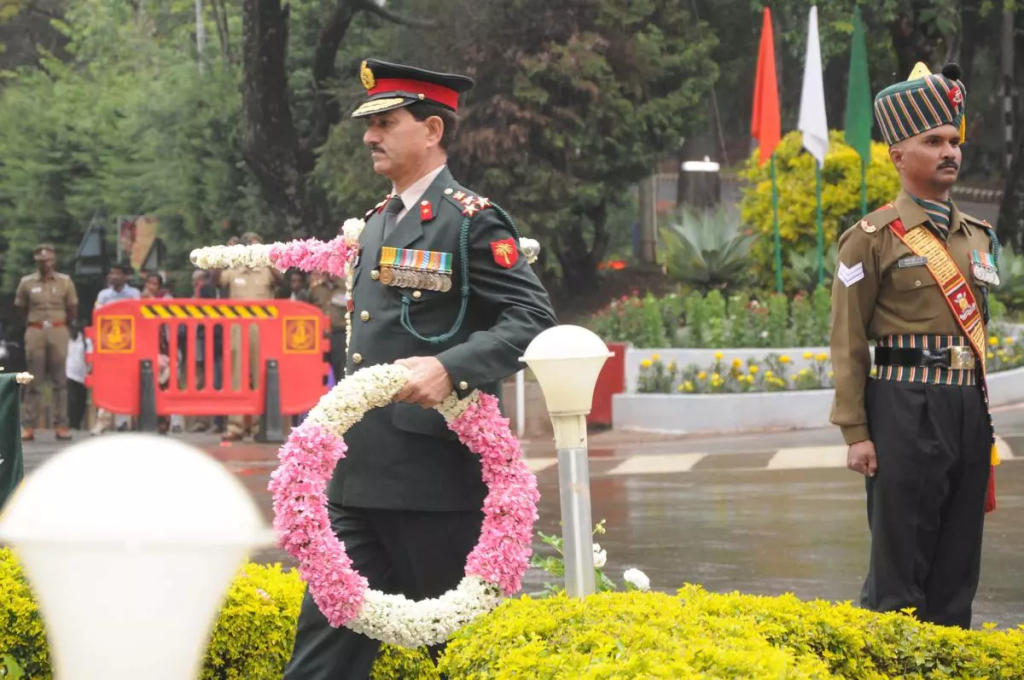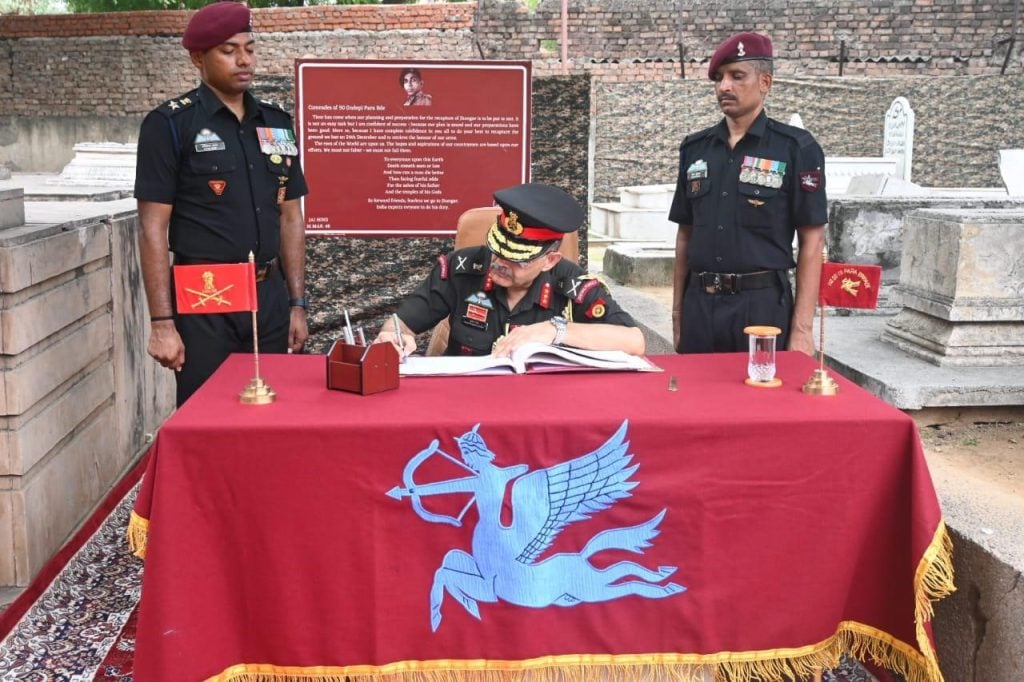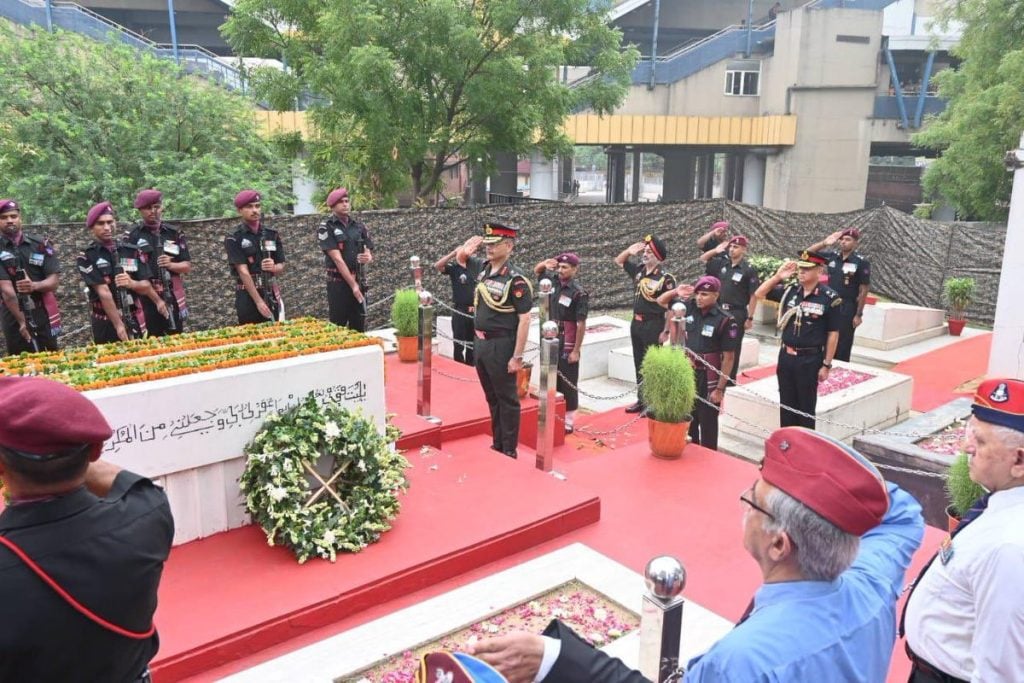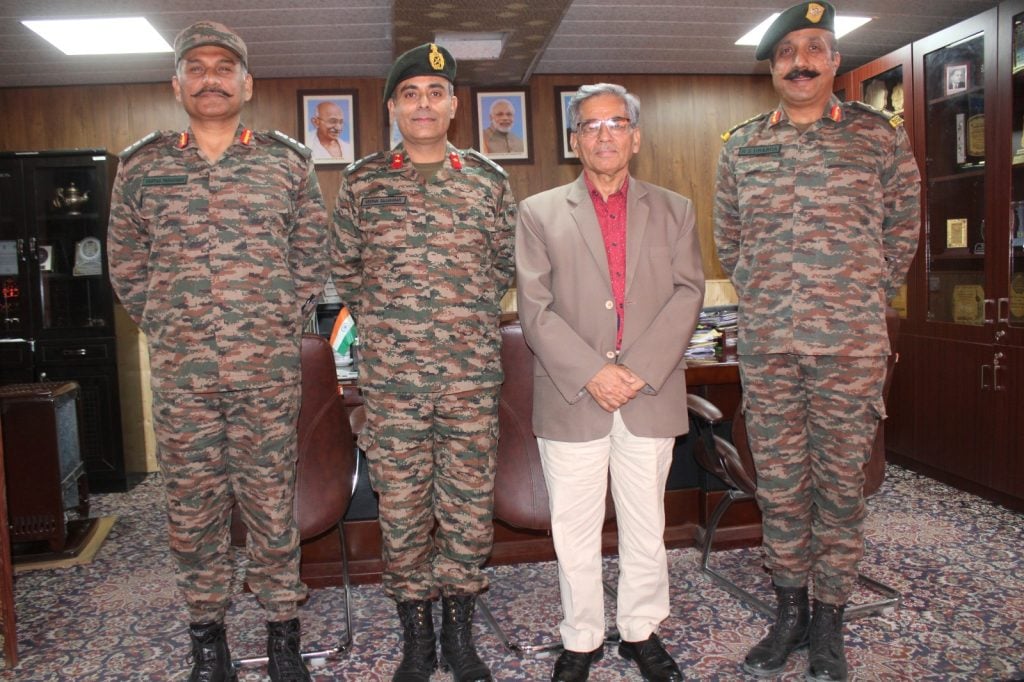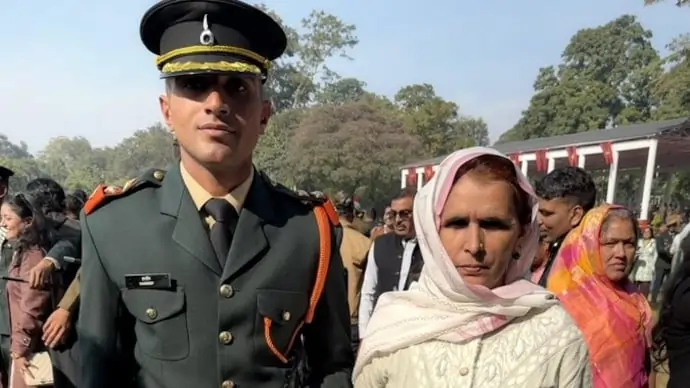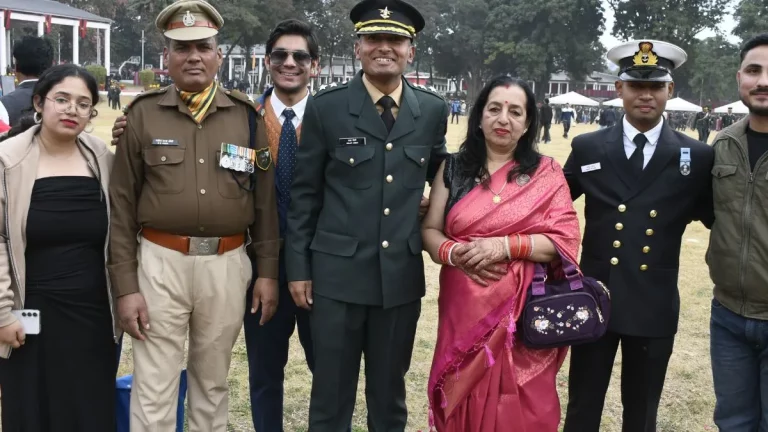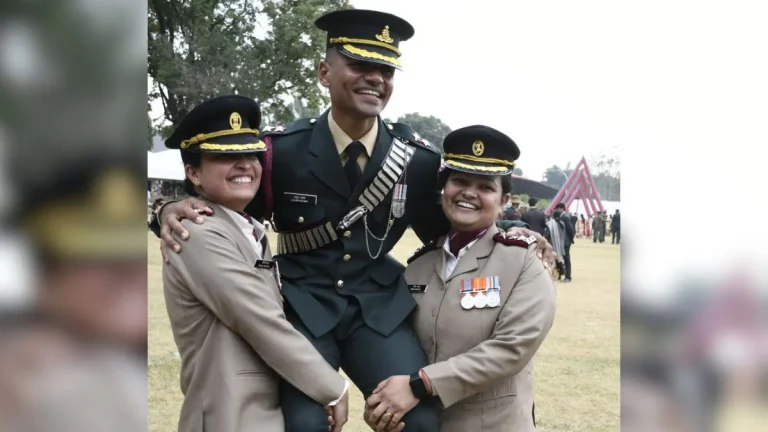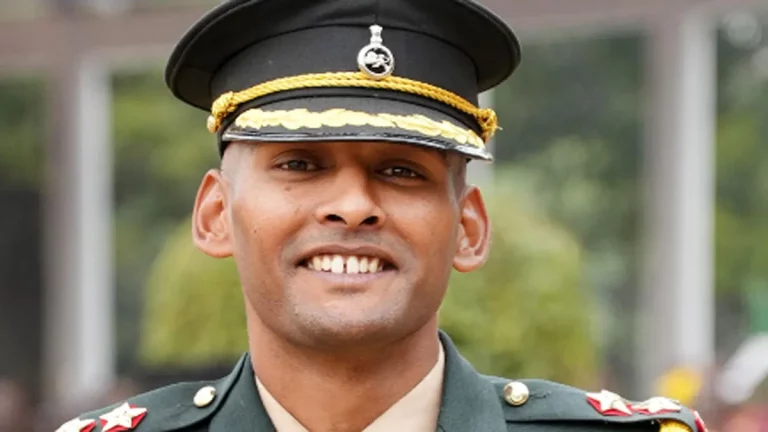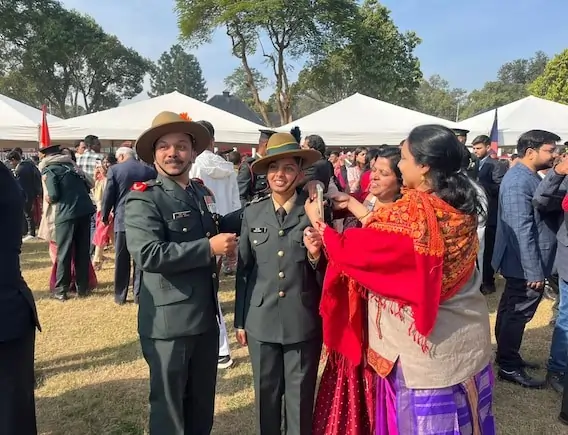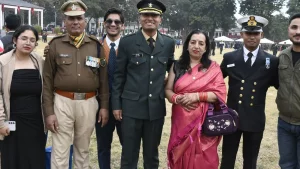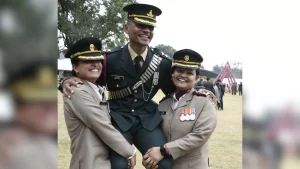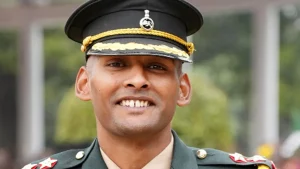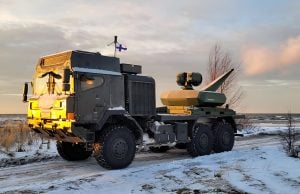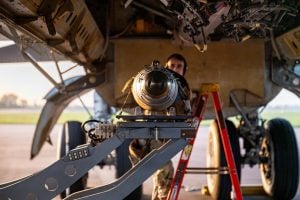Becoming a Brigadier in the Indian Army is a prestigious achievement that signifies a high level of leadership and responsibility. This rank, classified as a one-star officer, is pivotal in the army’s hierarchical structure. A Brigadier typically commands a brigade, which consists of several battalions, and plays a crucial role in planning and executing military operations.
The responsibilities of a Brigadier include strategic decision-making, personnel management, and ensuring the operational readiness of their units.
The path to this esteemed rank is not straightforward; it demands years of dedication, skill development, and a proven track record of service. Candidates aspiring for this position must navigate through various ranks and demonstrate exceptional leadership qualities.
Also Read | 8 Top Defence Careers for PCB Students
Pathways to Join the Indian Army
Entry Routes
To embark on the journey toward becoming a Brigadier, one must first join the Indian Army as a commissioned officer. There are several entry points for aspiring candidates:
- National Defence Academy (NDA): This is a premier institution that trains candidates for the Indian Army, Navy, and Air Force. After completing the NDA course, candidates are commissioned as officers.
- Combined Defence Services (CDS): Graduates can appear for the CDS exam, which allows them to join the Indian Military Academy (IMA) for training.
- Technical Entry Scheme (TES): This entry route is designed for candidates with a background in engineering, allowing them to join the Indian Army directly.
- Short Service Commission (SSC): This route is available for graduates who wish to serve for a limited period but may later opt for a permanent commission.
Initial Training
Upon selection through any of these entry routes, candidates undergo rigorous training at various military academies. This training encompasses physical conditioning, tactical skills, leadership training, and academic education. After successful completion, they are commissioned as Lieutenants.
Climbing the Ranks: From Lieutenant to Brigadier
Rank Progression
Once commissioned, officers begin their career as Lieutenants and must progress through various ranks to reach Brigadier. The typical career progression is as follows:
- Lieutenant
- Captain
- Major
- Lieutenant Colonel
- Colonel
- Brigadier
Each rank comes with its own set of responsibilities and challenges. Officers must excel in their duties, demonstrate leadership capabilities, and complete various training courses to qualify for promotions.
Performance Evaluation
Promotions within the Indian Army are based on a combination of time served and performance evaluations. Officers must consistently meet or exceed expectations in their roles, showcasing their ability to lead and manage personnel effectively. Performance reviews are conducted regularly, and officers are assessed on various parameters, including:
- Leadership skills
- Operational effectiveness
- Training accomplishments
- Contribution to unit morale
The Selection Process for Brigadier
Promotion Board
The promotion to the rank of Brigadier is not automatic; it involves a selection process conducted by a promotion board consisting of senior officers. This board meticulously reviews the service records, performance evaluations, and leadership potential of eligible Colonels aspiring for promotion.
Key Criteria for Selection
To be considered for the rank of Brigadier, candidates must demonstrate:
- Leadership Excellence: The ability to lead larger formations and manage complex operations.
- Strategic Thinking: A sound understanding of military strategy and the ability to make informed decisions under pressure.
- Operational Experience: A proven track record in various operational roles, showcasing adaptability and effectiveness in different situations.
Recommendations
Recommendations from superiors play a crucial role in the selection process. Officers who have consistently performed well and received commendations from their seniors are more likely to be considered for promotion.
The Hierarchical Structure of the Indian Army
Overview of Officer Ranks
Understanding the hierarchy in the Indian Army is essential for aspiring Brigadiers. The following table illustrates the various ranks within the officer cadre:
| Rank | Stars | Responsibilities |
|---|---|---|
| Field Marshal | 5 | Ceremonial and strategic leadership |
| General | 4 | Senior operational command |
| Lieutenant General | 3 | Command of corps or large formations |
| Major General | 2 | Command of divisions |
| Brigadier | 1 | Command of brigades |
| Colonel | Command of battalions | |
| Lieutenant Colonel | Deputy to the Colonel | |
| Major | Company or battery commander | |
| Captain | Platoon commander | |
| Lieutenant | Junior officer role |
Responsibilities at Each Level
As officers ascend the ranks, their responsibilities increase significantly. A Brigadier, for instance, is expected to manage multiple battalions, ensuring operational readiness and effective resource allocation. This entails strategic planning, personnel management, and direct oversight of training and operations.
Financial Aspects of Being a Brigadier
Salary Structure
The financial remuneration for a Brigadier reflects the responsibilities and challenges associated with the role. As of the latest updates, the pay scale for a Brigadier ranges from ₹1,39,600 to ₹2,17,600 per month. Additionally, they receive a fixed Military Service Pay (MSP) of ₹15,500 monthly.
Benefits and Perks
Beyond the salary, Brigadiers are entitled to various benefits, including:
- Housing Allowances: Subsidized accommodation or housing.
- Medical Facilities: Comprehensive medical coverage for officers and their families.
- Pension Plans: Attractive retirement benefits, ensuring financial security post-service.
- Educational Benefits: Opportunities for further education and training.
Also Read | The Complete TES Cadet Training Process
The Importance of Continuous Learning
Training and Development
To remain competitive and effective, officers must engage in continuous learning throughout their careers. The Indian Army offers numerous training programs that focus on leadership development, tactical skills, and strategic planning. These programs are crucial for preparing officers for higher responsibilities.
Specialized Courses
Brigadiers often attend specialized courses that enhance their operational capabilities. Some notable programs include:
- Command and Staff Course: Focuses on advanced military tactics and leadership.
- War College Training: Prepares officers for strategic decision-making at higher levels.
- Joint Operations Training: Enhances collaboration with other branches of the armed forces.
Challenges Faced by Aspiring Brigadiers
Rigorous Selection Criteria
The journey to becoming a Brigadier is fraught with challenges. The rigorous selection criteria can be daunting, requiring candidates to consistently perform at a high level. The pressure to excel can be intense, especially during evaluations and promotions.
Balancing Personal and Professional Life
Many officers find it challenging to balance their demanding careers with personal life. The nature of military service often requires long hours and frequent relocations, which can impact family life and personal relationships.
Also Read | How to Become Aide-de-Camp (ADC) to President of India?
Conclusion
Becoming a Brigadier in the Indian Army is a journey marked by dedication, resilience, and continuous growth. It requires aspiring candidates to navigate various ranks, excel in their roles, and demonstrate exceptional leadership capabilities. The process is not just about achieving a title but about embodying the values and responsibilities that come with it. The path may be challenging, but the rewards—both personal and professional—are immense.
FAQs
1. What is the minimum qualification required to join the Indian Army?
Candidates must typically hold a bachelor’s degree to apply for entry routes like CDS or SSC.
2. How long does it take to become a Brigadier?
The journey to Brigadier can take several years, often requiring decades of service and progression through multiple ranks.
3. What are the key skills needed to become a Brigadier?
Leadership, strategic thinking, strong communication, and operational knowledge are essential skills for aspiring Brigadiers.
4. Is there a physical fitness requirement for becoming a Brigadier?
Yes, physical fitness is crucial throughout an officer’s career, and candidates must meet specific fitness standards during training and evaluations.
5. Can women become Brigadiers in the Indian Army?
Yes, women can serve in the Indian Army and have opportunities to rise through the ranks, including the position of Brigadier.

